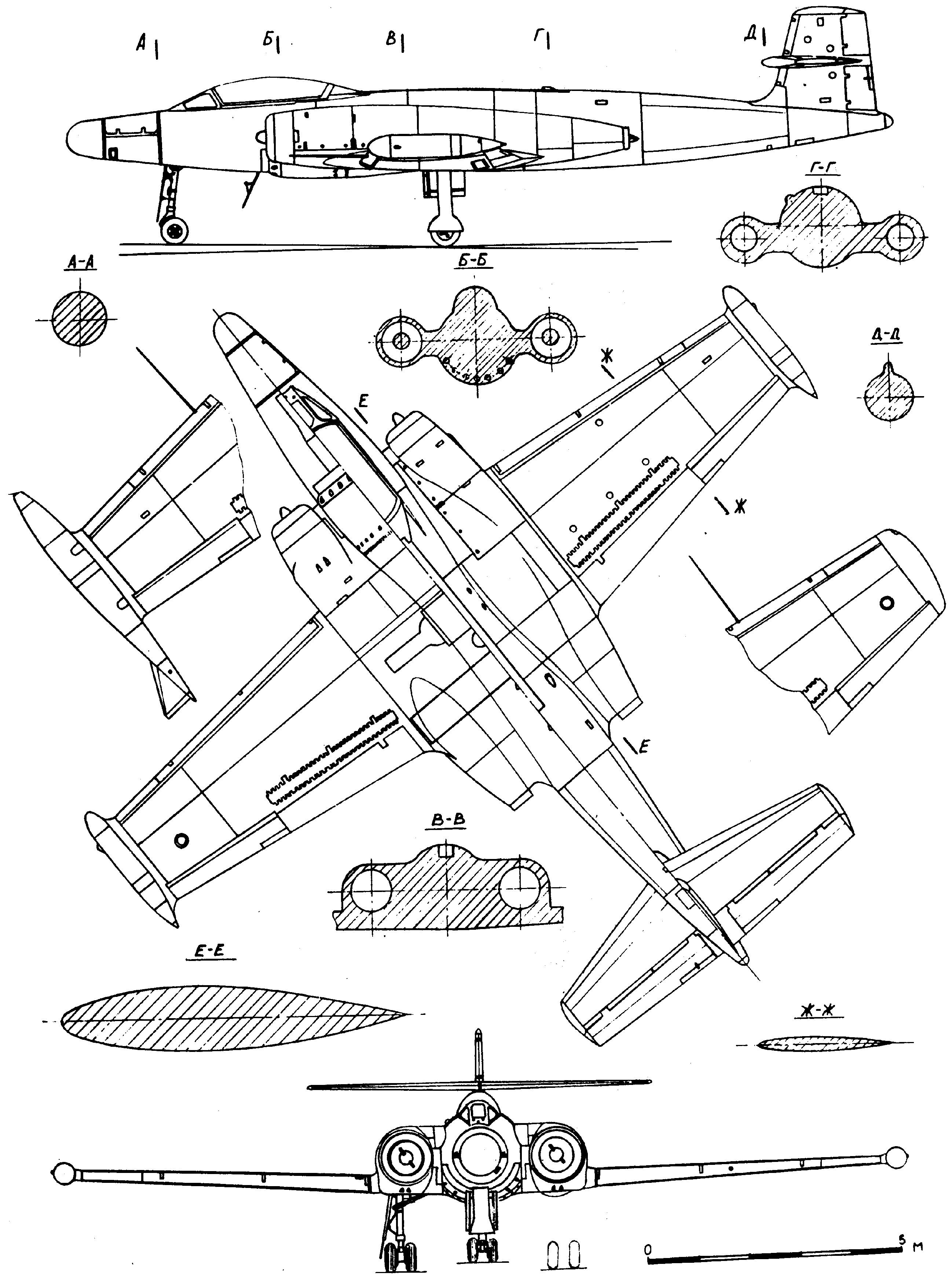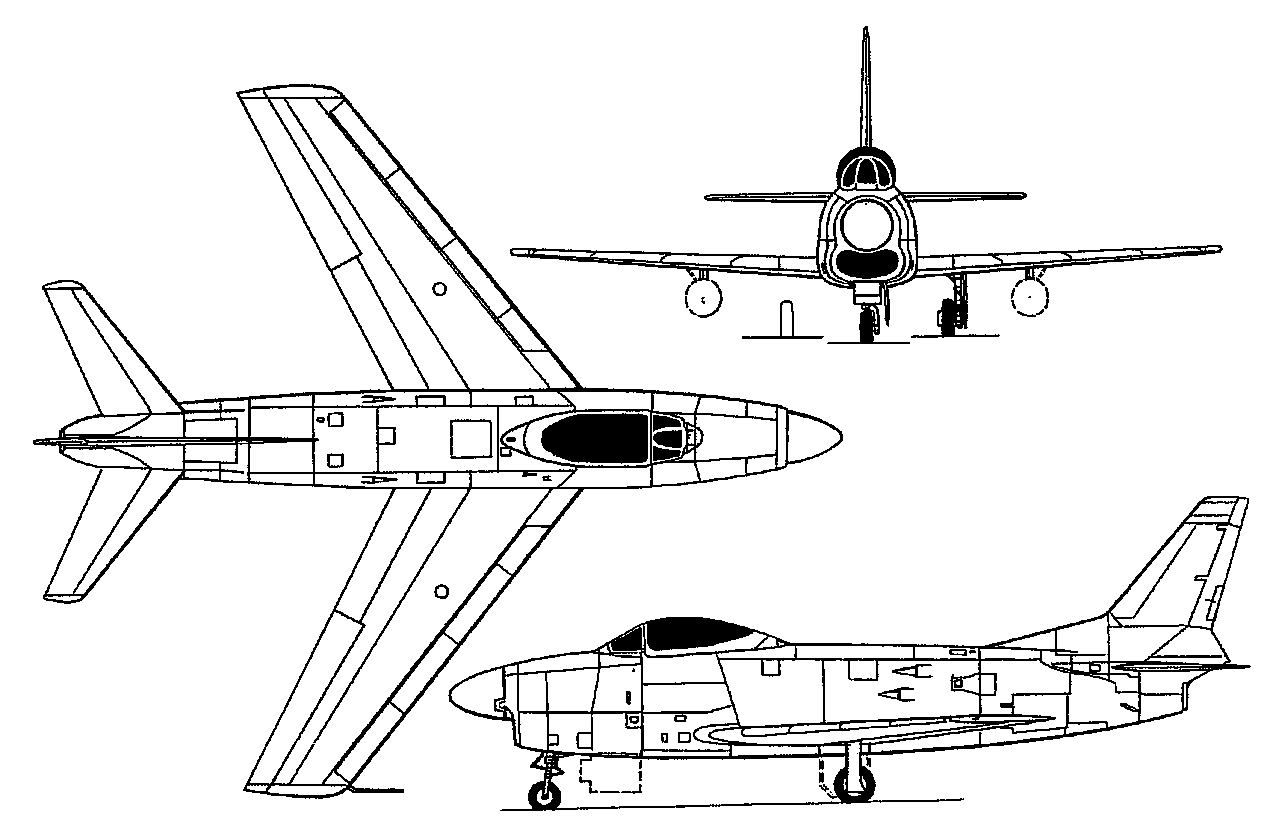New aircraft flying for the first time or entering service during 1950 will be:
Entering Service
Koolhoven F.K.65
As detailed in posts above, as a COIN aircraft for overseas.
KOOPD NU-240A Sikumbang
A variant of the basic NU-240 light patrol/attack aircraft but with all-metal construction, will be used by East Indies based units.
KOOPD NU-90A Belalang
A basic trainer, an improved model with an improved undercarriage, new sliding canopy and a 100hp Continental O-200 engine. For military and civil use.
In Development
KOOPD NU-240C Kumbang
A four-seat civilian tourer variant of the NU-240, will make a maiden flight in 1950 and enter production in 1951. Several will also be acquired by the Air Force as a liaison type.
Wingspan: 10.61 m (34 ft 10 in)
Length: 8.56 m (28 ft)
Height: 3.35 m (11 ft 0 in)
Wing area: 16.9 m2 (182 sq ft)
Gross weight: 1,195 kg (2,634 lb)
Fuel capacity: 205 Litres (45 imp gal)
Powerplant: 1x 240hp Argus As410
Maximum speed: 276 km/h (171 mph)
Cruising speed: 244 km/h (151 mph)
Range: 920 km (570 miles)
Service ceiling: 5,100 m (16,730 ft)
Rate of climb: 5.1 m/s (1,002 ft/min)
Fokker S.14 Machtrainer
A jet-powered two-seat advanced trainer designed to meet a 1948 requirement. It is powered by a 4,200lb VB.04 Stuart Zulu turbojet. The first of three prototypes were first flown on 19 May 1950. The Machtrainer entered service in 1951.
Wingspan: 12m (39ft 3in)
Length: 13.3m (43ft 6in)
Height: 4.7m (15ft 4in)
Wing area: 31.80m² (342.2sq ft)
Empty weight: 3,765kg (8,300lb)
Maximum weight: 5,350kg (11,794lb)
Engine: 1x 4,200lb VB.04 Stuart Zulu turbojet
Maximum speed: 781km/h (485mph)
Rate of climb: 942m/min (3,090ft/min)
Maximum range: 965km (600 miles)
Armament: underwing racks for four 11.4kg practice bombs or eight 75mm rockets, a ventral gunpack with 2x 23mm GAST cannon can be fitted
Fokker S.16
A turboprop-powered advanced trainer to replace the S.11. The design uses the wing of the Machtrainer married to a new fuselage with tandem seating for the pupil and instructor. A British Armstrong Siddeley Mamba turboprop is fitted. The prototype flew on 27 September 1950 and entry into service took place during early 1952. Production was sub-contracted to Aviolanda.
Wingspan: 12m (39ft 3in)
Length: 13.2m (43ft 3in)
Height: 4.7m (15ft 4in)
Wing area: 31.80m² (342.2sq ft)
Maximum weight: 3,988kg (8,794lb)
Engine: 1x 1,770shp Armstrong Siddeley ASM.6 Mamba 6
Maximum speed: 555km/h (345mph)
Rate of climb: 637m/min (2,090ft/min)
Maximum range: 965km (600 miles)
Armament: underwing racks for four 11.4kg practice bombs or rockets
Koolhoven/ SABCA F.K.63
Two seat night-fighter designed jointly with SABCA who builds the wings and final assembly for Belgian aircraft. Phillips air-air radar fitted in the nose. First prototype first flown on 19 January 1950. Entered service in 1952.
Wingspan: 17.4 m (57 ft 2 in)
Length: 16.5 m (54 ft 2 in)
Height: 4.4 m (14 ft 6 in)
Wing area: 54.9 m² (591 ft²)
Empty weight: 10,500 kg (23,100 lb)
Loaded weight: 15,170 kg (33,450 lb)
Max take-off weight: 16,329 kg (36,000 lb)
Powerplant: 2× EHRW.04 LMF Xhosa III 6,500 lb (28.9 kN) thrust each
Maximum speed: 888 km/h (552 mph)
Range: 3,200 km (2,000 miles)
Service ceiling: 13,700 m (45,000 ft)
Rate of climb: 44.5 m/s (8,750 ft/min)
Armament: 6x 23mm GAST cannon in a ventral pack









